
7-Day Meal Plan for Diabetics
Diabetes is a silent disease that can lead to serious complications such as heart attacks, kidney failure, and strokes. To prevent the disease from progressing, it’s important to adopt a healthy lifestyle, including a well-balanced diet and regular exercise. This 7-day meal plan is designed to provide a variety of meals that are low in glycemic index and rich in essential nutrients for individuals managing diabetes.
1. Nutritional Principles for Diabetic Patients
Diabetes is a condition where blood glucose levels rise due to insufficient insulin production or function. Symptoms can include excessive hunger, weight loss, frequent urination, and excessive thirst. Effective treatment involves medication, proper diet, and exercise, with diet playing the most crucial role in managing blood sugar and maintaining a healthy weight.
For a diabetic-friendly diet, focus on the following:
-
Carbohydrates: Choose foods with a low glycemic index (GI) and high fiber content, such as whole grains, legumes, and vegetables. Aim for GI values below 55%, with very low GI foods under 40%.
-
Protein: Include around 1-1.5g of protein per kilogram of body weight per day, particularly lean meats and plant-based options.
-
Fats: Prefer unsaturated fats like olive oil, avocado, and nuts. Avoid trans fats and limit saturated fats.
-
Fiber: Increase fiber intake from vegetables, fruits, and whole grains to support digestion and blood sugar control.
2. Suggested 7-Day Meal Plan for Diabetics
The meal plan below focuses on low GI foods and balanced nutrition, offering a variety of options to prevent monotony. All meals are designed to be diabetic-friendly while incorporating European ingredients and preferences.
Monday:
-
Breakfast: Scrambled eggs with spinach and whole-grain toast + mixed berries.
-
Lunch: Grilled chicken breast with roasted Brussels sprouts and quinoa + apple.
-
Afternoon Snack: Low-fat Greek yogurt with a handful of walnuts.
-
Dinner: Baked salmon with steamed broccoli and a side salad (mixed greens, cucumber, and olive oil vinaigrette).
Tuesday:
-
Breakfast: Oatmeal with chia seeds and sliced strawberries.
-
Lunch: Whole-grain pasta with grilled vegetables (zucchini, bell peppers, and tomatoes) + a small portion of chicken.
-
Afternoon Snack: A small serving of hummus with raw carrots.
-
Dinner: Stir-fried tofu with asparagus, peas, and a side of brown rice.
Wednesday:
-
Breakfast: Whole-wheat avocado toast with poached eggs + an orange.
-
Lunch: Grilled turkey with roasted sweet potatoes and steamed green beans.
-
Afternoon Snack: A handful of almonds and a few cucumber slices.
-
Dinner: Cod fillet with a spinach and tomato salad + roasted potatoes.
Thursday:
-
Breakfast: Smoothie with unsweetened almond milk, spinach, banana, and flaxseeds.
-
Lunch: Baked chicken thighs with sautéed kale and quinoa.
-
Afternoon Snack: A small bowl of cottage cheese with a few slices of cucumber.
-
Dinner: Lentil stew with carrots, celery, and a side of whole-grain bread.
Friday:
-
Breakfast: Greek yogurt with chia seeds, blueberries, and a sprinkle of cinnamon.
-
Lunch: Grilled lamb with a Mediterranean salad (tomatoes, olives, cucumbers, feta cheese, and olive oil dressing).
-
Afternoon Snack: A small handful of mixed nuts.
-
Dinner: Grilled vegetable kebabs (eggplant, zucchini, bell peppers) with couscous.
Saturday:
-
Breakfast: Scrambled eggs with sautéed mushrooms, onions, and bell peppers + a side of mixed fruit.
-
Lunch: Roasted turkey with Brussels sprouts and mashed cauliflower.
-
Afternoon Snack: Low-fat cheese slices with whole-grain crackers.
-
Dinner: Baked trout with steamed green beans and quinoa.
Sunday:
-
Breakfast: Whole-grain pancakes with a small amount of honey and mixed berries.
-
Lunch: Grilled chicken with a side of mixed salad greens, cherry tomatoes, and a balsamic vinaigrette dressing.
-
Afternoon Snack: A small serving of edamame beans.
-
Dinner: Baked eggplant Parmesan with a side of steamed broccoli.
3. Important Tips for a Diabetic-Friendly Meal Plan
-
Portion control: While focusing on low-GI foods, make sure to eat appropriate portion sizes. Typically, people with diabetes should consume around 50-60% of the carbohydrates compared to healthy individuals.
-
Limit processed foods: Avoid processed meats, fast food, and ready-made meals. Instead, opt for freshly prepared meals with natural ingredients.
-
Cooking methods: Prefer grilling, steaming, or baking rather than frying to reduce unhealthy fat intake.
-
Limit sugary fruits: Stick to fruits with a lower glycemic index, such as apples, berries, and citrus fruits. Avoid high-sugar fruits like mangoes, grapes, and bananas.
-
Reduce sodium: Aim to consume no more than 6 grams of salt per day. Be cautious with salty foods such as pickled vegetables or packaged sauces.
-
Consistency: Try to stick to regular eating times and avoid overeating or skipping meals. It’s important to keep blood sugar levels stable.
By following this meal plan and maintaining a balanced, nutritious diet, diabetic patients can effectively manage their condition and live a healthy, active life. Additionally, incorporating regular physical activity and monitoring blood sugar levels are essential for long-term health management.
News in the same category

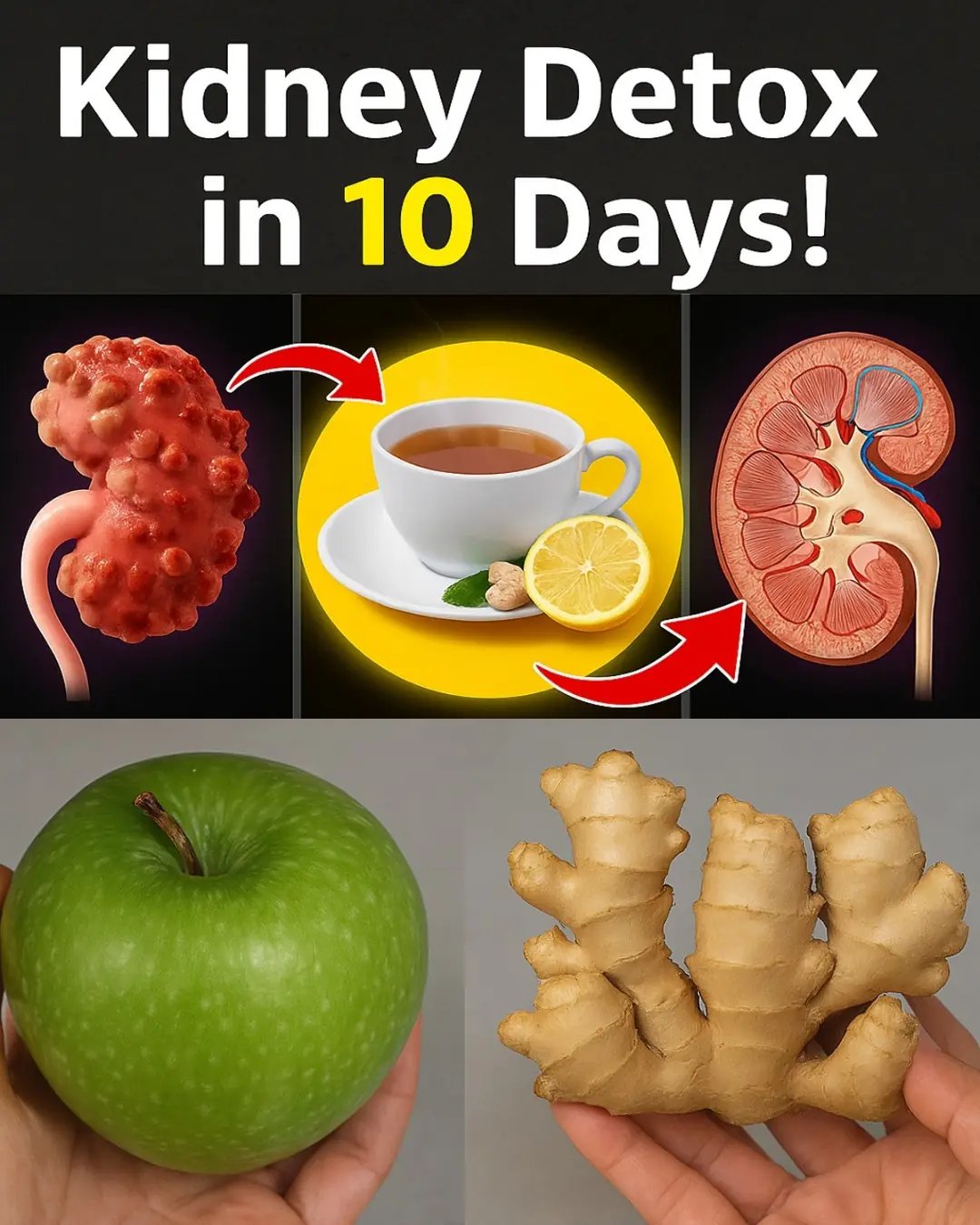
Revitalize Your Body in Just 7 Days: The Tangerine, Walnut & Ginger Detox Drink That Restores Energy and Vitality

3 Eye Symptoms That Signal Hidden Health Issues: High Cholesterol, Stroke, and Cancer

Clear Your Lungs and Feel Great with Lemon and Ginger

8 Warning Signs of Growing Cancer

10 Signs of Kidney Disease That Warn You Are in Danger

1 Vitamin Stops Calcium Buildup in Arteries and Heart

Warning from K Hospital: Daily Consumption of Certain Meats May Increase Cancer Risk – Don’t Take It Lightly!

How One Cancer Survivor Triggered Interest in Repurposed Anti-Parasitic Drugs

5 Essential Leaves to Naturally Improve Your Eye Health

16 Benefits of Chayote Juice: Say Goodbye to Pills and Hello to Natural Healing

Why Is Liver Cancer Often Detected Late? Note: If You Notice 2 Odors, 2 Itches, and 2 Red Areas, Get Screened Early

Two Itchy Areas on the Body Could Be a Sign of Liver Cancer—Often Mistaken for Allergies
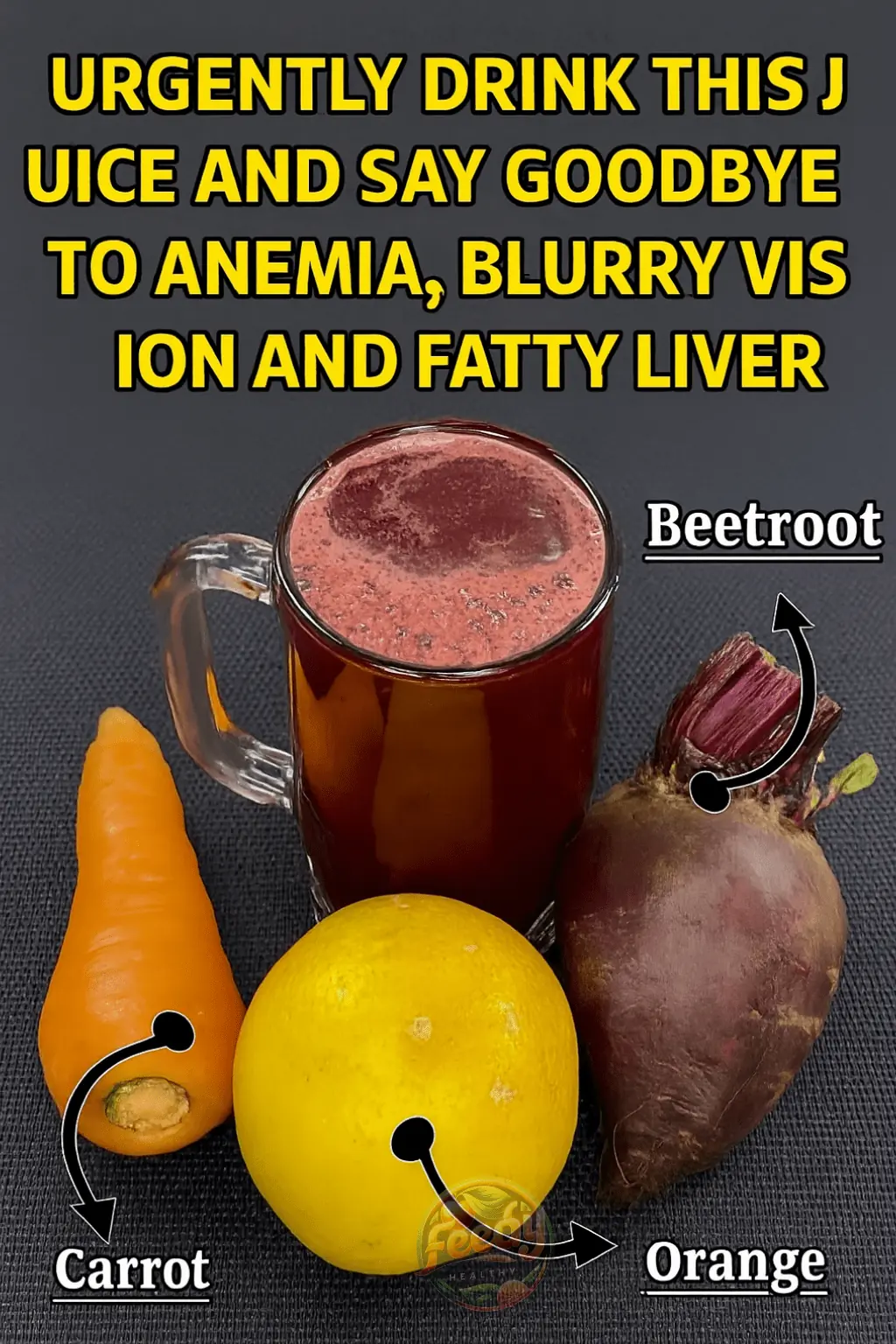
Say Goodbye to Anemia, Blurry Vision, and Fatty Liver with This Natural Drink

The 4 Golden Hours to Drink Coffee for Maximum Health Benefits: Detox Your Liver and Boost Digestion

8 Foods That Are Natural Enemies of Tumors – Make Them Part of Your Regular Diet

Fig Sap: Nature’s Quiet Remedy for Skin, Digestion & Everyday Wellness
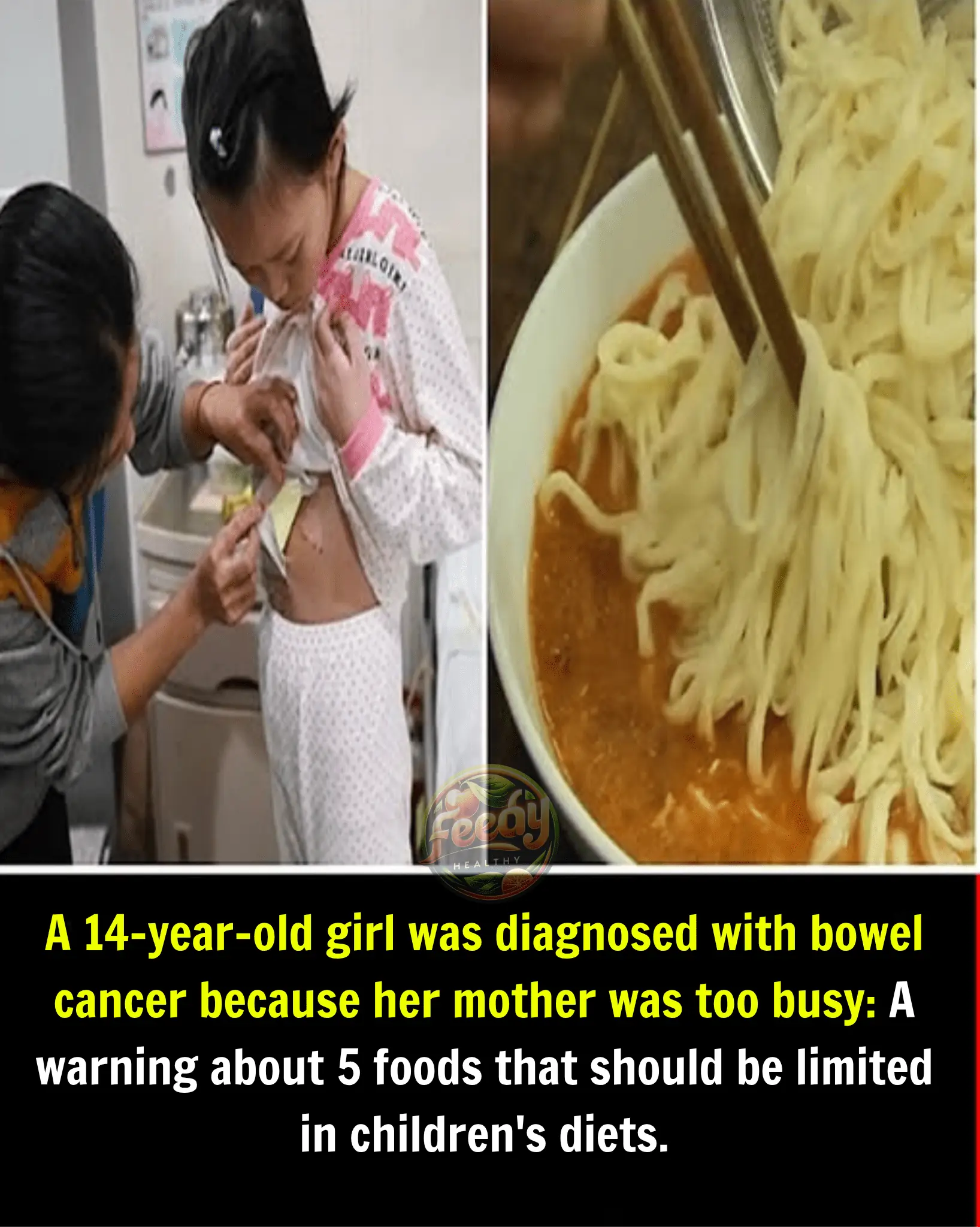
A 14-Year-Old Girl Diagnosed with Bowel Cancer Due to Her Mother's Busy Schedule: A Wake-Up Call About 5 Foods Children Should Never Eat for Breakfast

5 Mouth Symptoms That Could Signal Cancer – Don’t Ignore the Pain
News Post

Drink This Natural Remedy on an Empty Stomach — Support Blood Sugar, Blood Pressure, Circulation, and More

THE MOST POWERFUL HERB: THYME

BENEFITS OF DRINKING WARM WATER WITH LEMON
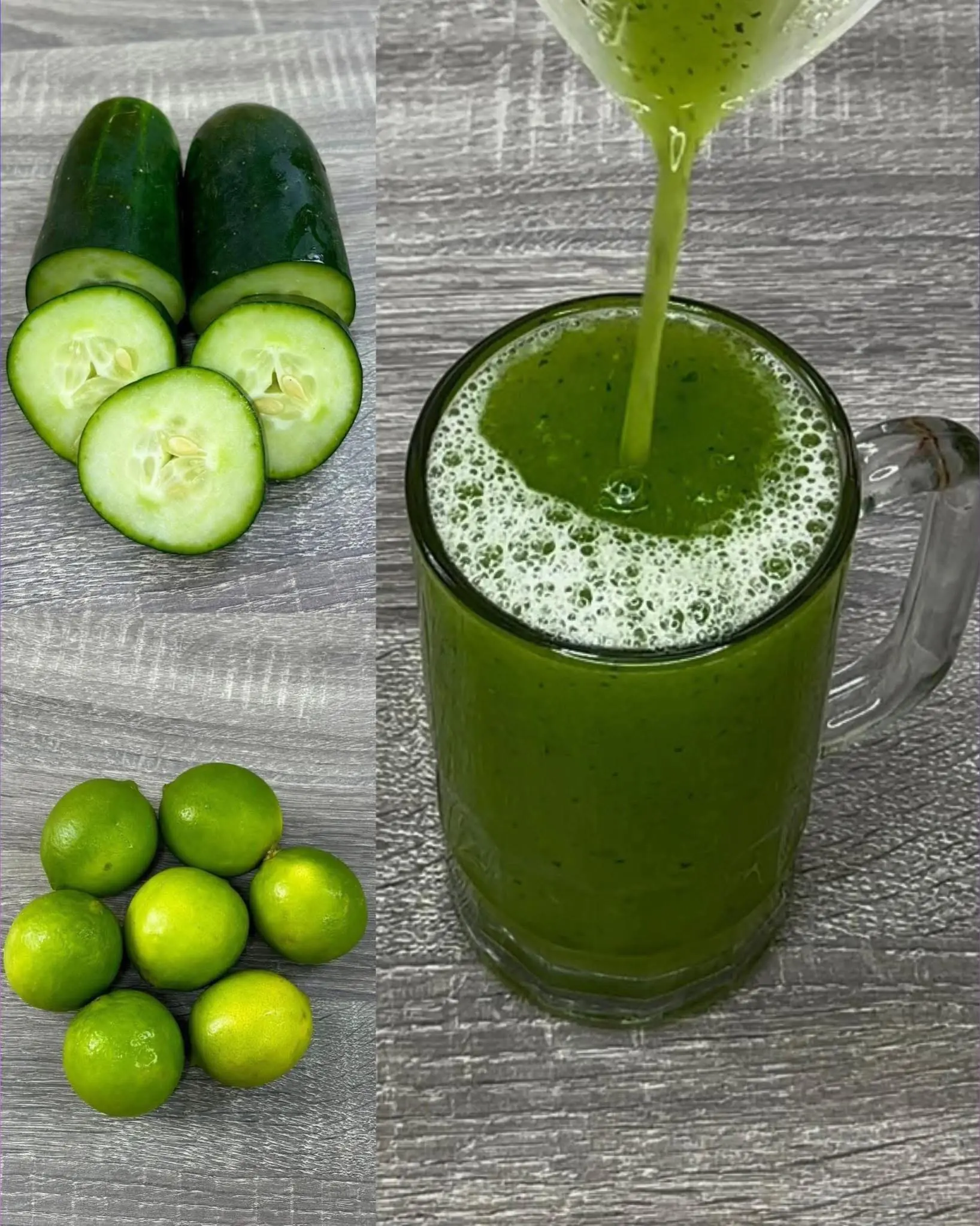
Eliminates Bloating, Clears Urinary Infection, and Cleanses Fatty Liver: A Detailed Guide to the Natural Remedy

Chanca Piedra (Phyllanthus niruri): A Comprehensive Overview

Drink Warm Water with Lemon 😱👇

Revitalize Your Body in Just 7 Days: The Tangerine, Walnut & Ginger Detox Drink That Restores Energy and Vitality
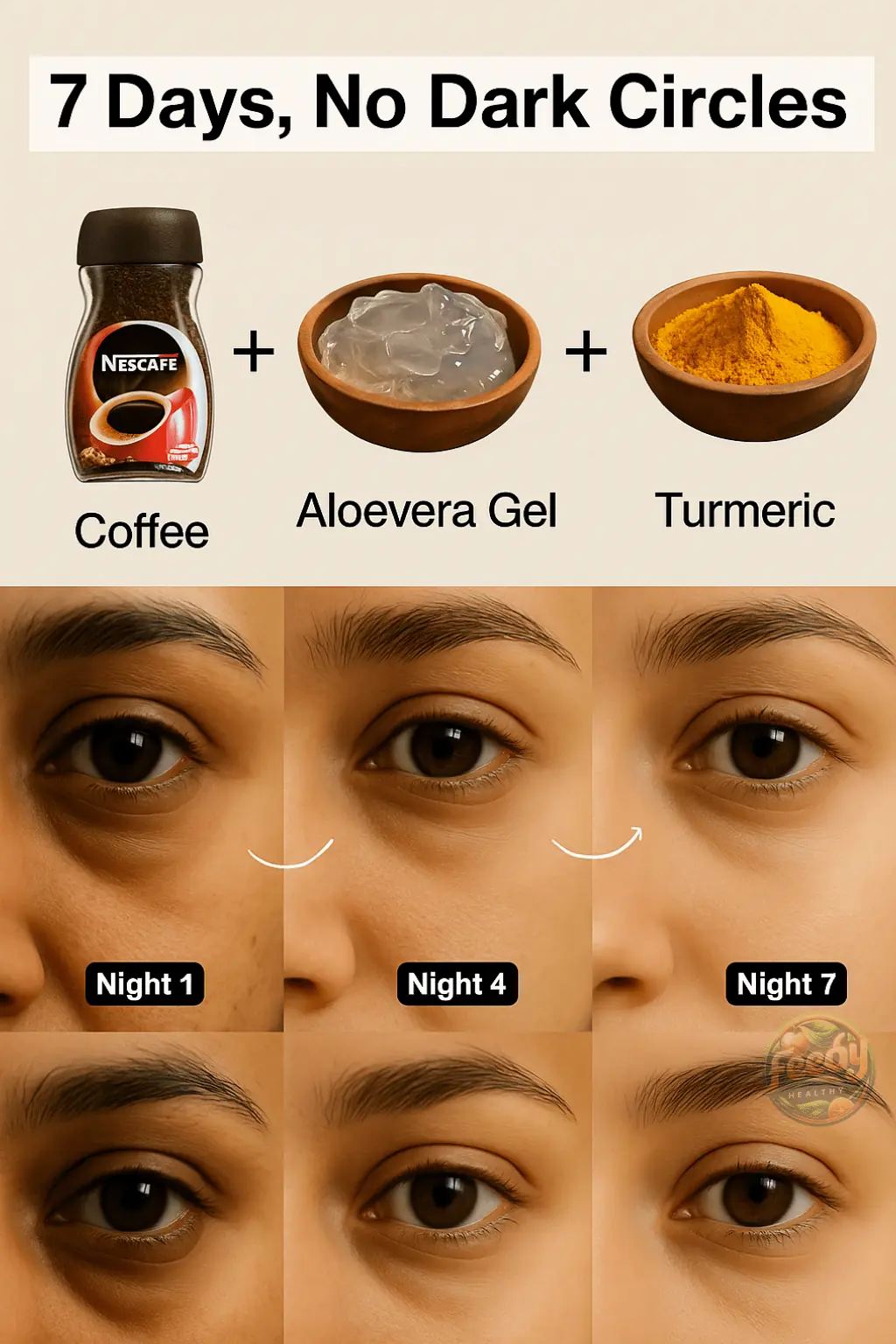
6 Coffee Eye Masks to Get Rid of Dark Circles | Under Eye Wrinkles | Eye bags & Puffy Eyes

The first animal you spot in this visual reveals your ‘worst flaw’

3 Eye Symptoms That Signal Hidden Health Issues: High Cholesterol, Stroke, and Cancer

Hero Dad Leaps Off Disney Cruise Ship To Save Daughter Who Fell Overboard

Japan On Edge: Scientists Warn 82% Chance Of Megaquake That Could Kill 300,000

MY 8-YEAR-OLD SON INSISTED THAT WE SURPRISE OUR NEIGHBOR FOR HER BIRTHDAY—WE NEVER EXPECTED HER REACTION

Neglected dog found with matted fur, dry skin transforms after finally getting love

12-year-old girl dies of rare cancer—parents noticed worrying sign as she brushed teeth

4 types of water you should not drink before going to bed

Clear Your Lungs and Feel Great with Lemon and Ginger

8 Warning Signs of Growing Cancer
